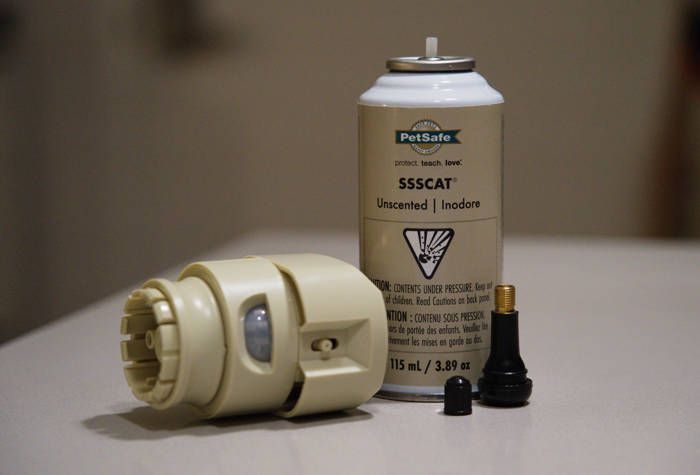Never Pay For Cat Water Fountain Filters Again
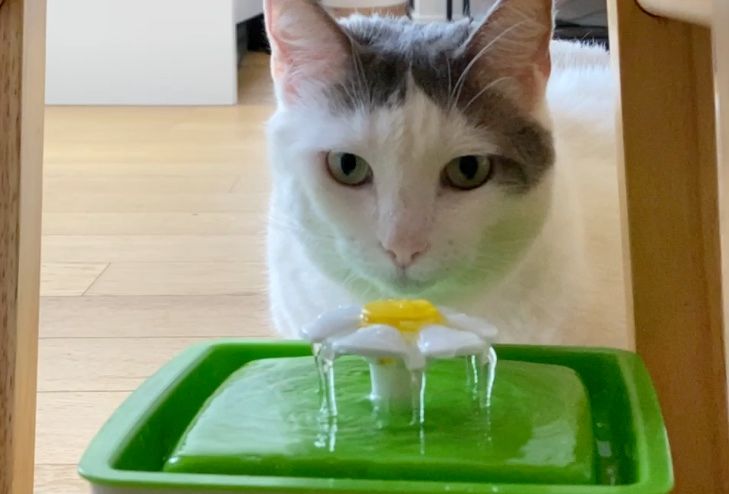
Replacement filters for your cat water fountain usually cost between $13 to $25 for a pack of 8. The manufacturers suggest that you replace the filters every 1 to 2 weeks. That comes out to $84 - $162 each year! I'm going to show you how to replace your cat's water fountain filter for free (almost)!
Here's what you'll need
- Activated Charcoal ($12)
- Coffee Filters ($5)
Estimated Total Savings: $154+
The Activated Charcoal will outlast your coffee filters.
Curious why this works? Jump to "Why it Works"
Otherwise, let's get right into it.We have the Mini Catit Water Fountain which uses a square filter pad. While some cat water fountains use a circular filter pad, the process for this hack remains the same.When the included filter pad needed to be replaced, you simply cut open the white side of the filter and completely remove it, exposing the used activate carbon and a little bag of ion exchange resin (you may or may not have this). Clean out and throw away the carbon and little bag of ion exchange resin. You should be left with just the black backing and the plastic frame.

For good measure, clean the frame and pad with hot water to sterilize it. Once clean, simply fill the surface area of the pad with activated charcoal, and place it on a sheet of coffee filter.
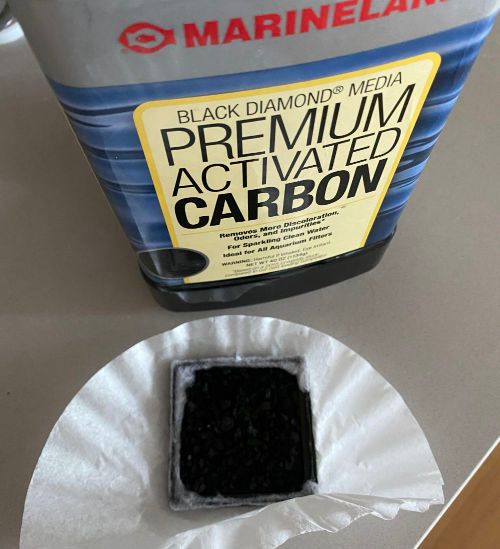
Fold it up neatly, closing off all 4 corners of the filter pad, which will secure the activated carbon from falling out.
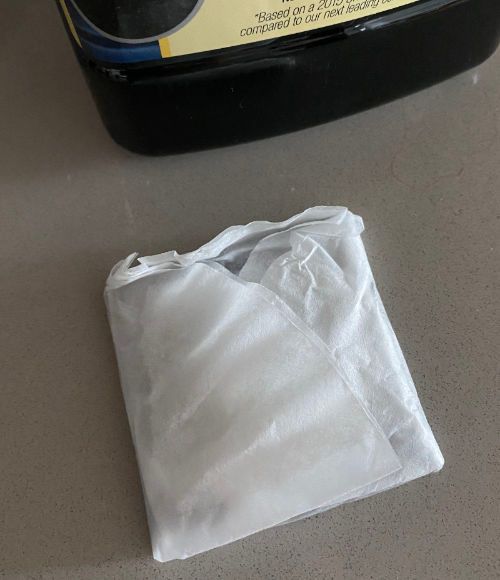
Holding the folded side down, carefully rinse it under cold running water to remove any carbon dust.
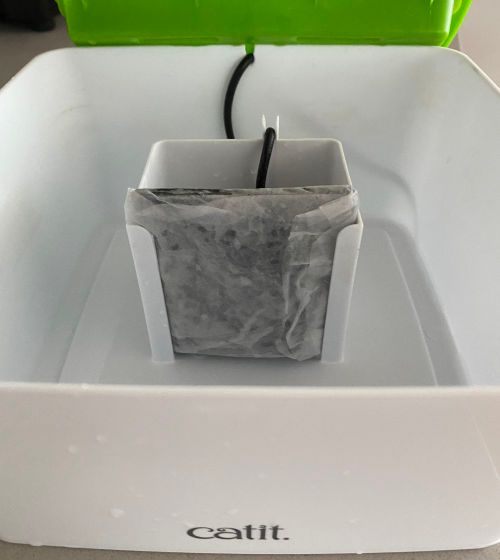
Place your new water filter pad back into the water fountain. Fill the cat water fountain back up with filtered drinking water, and it's ready for your cat to enjoy again!
Why It Works
Activated carbon is commonly used in water filters, like Brita Water Filters and ZeroWater Water Filters. It's also the sole active ingredient in filters for fresh water aquariums to keep the circulated water clean from chemicals and impurities. This form of carbon is highly absorbent due to it's porous nature.
Disclaimer: As an Amazon Associate, we earn from qualifying purchases. This post contains affiliate links, which means we receive a commission if you click a link and purchase something we have recommended, at no additional cost to you.



